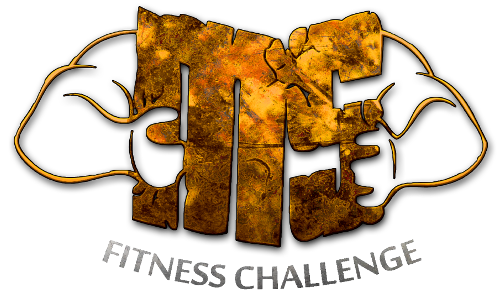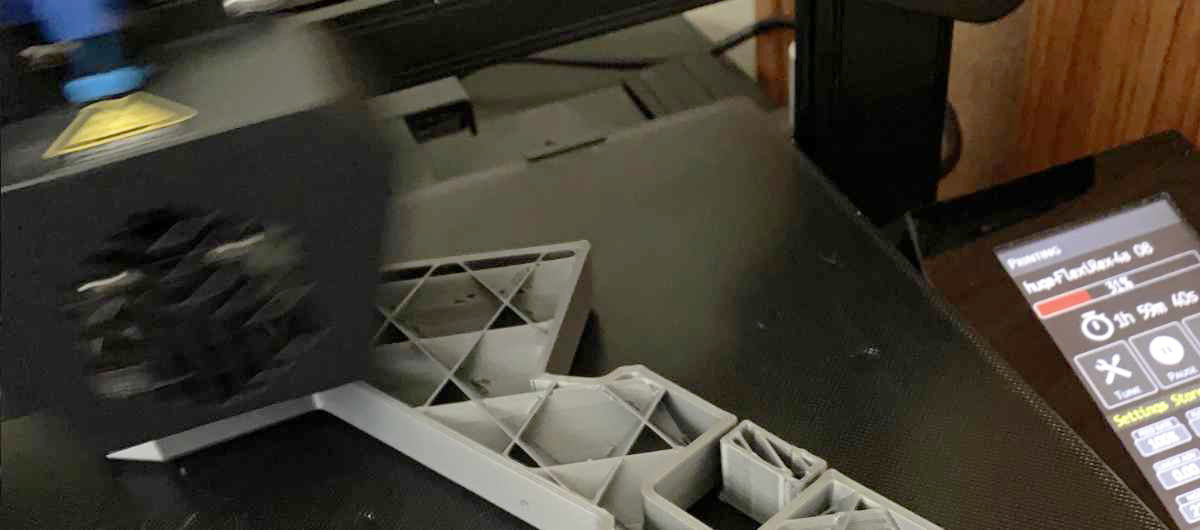What is 3D Printing?
3D printing, also known as additive manufacturing, involves creating three-dimensional objects by layering materials based on digital models. Unlike other computer aided manufacturing and milling processes, which use various tools to carve objects out of solid blocks, 3D printers create complex objects by building up thin layers until the desired shape is achieved. This technology allows for the production of complex shapes and customized solutions tailored to individual needs.
Another term for 3D printing is rapid prototyping, because designers can create a part, send it to the printer and have a finished piece in a matter of hours. This allows them to test ideas using inexpensive materials in a fraction of the time and cost of traditional means. You can imagine how important that design cycle would be to engineering firms. Just like the computer began its life occupying an entire room and now fits in your hand, 3D printers have similarly progressed to a point where the average person can put one on their desk.
Inventors began 3D printing as long ago as 1983, but it was only about 15 years ago that it really took off in the public market. Previously, 3D printers were large and extremely expensive. But a group of crafty inventors created a consumer focused model using commonly available parts and a little electronics ingenuity. Those early models required a healthy dose of engineering skill to operate and maintain. Since then, the consumer market has exploded! You can purchase models today that rival professional quality for less than $1000, with beginner level machines starting around $100. And while they still require a bit of maintenance from time to time, they have come a LONG way, and there is a huge online community willing to help.

The evolution of consumer 3D printers
What does this have to do with MS?
For many individuals living with MS, daily tasks can become challenging due to muscle weakness, spasticity, and fatigue. Fortunately, advancements in 3D printing technology have opened new avenues for creating customized assistive devices that significantly enhance the quality of life for people with MS.
With the availability of consumer-grade printers, inexpensive materials, and a large community of designers dedicated to solving problems, it has never been easier to obtain simple objects that have a large impact.
Customized Assistive Devices
One of the most impactful applications of 3D printing for people with MS is the development of customized assistive devices. These devices are designed to help overcome physical limitations, providing greater independence and improving daily life. Here are a few examples:
- Ergonomic Aids
Ergonomic aids designed through 3D printing can be tailored to the specific needs of individuals with MS. These aids include customized grips for utensils, pens, and other household items, making it easier to perform tasks that require fine motor skills. The ability to create ergonomically designed tools that fit perfectly in the user’s hand helps reduce strain and improve functionality. - Mobility Enhancements
For those experiencing mobility issues, 3D printing has facilitated the creation of custom-fit orthotics and prosthetics. Unlike traditional orthotics, which can be bulky and uncomfortable, 3D-printed versions are lightweight and precisely molded to the user’s anatomy. This customization ensures better comfort and support, enabling individuals with MS to move more freely and confidently. - Adaptive Technology
Adaptive technology for communication and environmental control has also benefited from 3D printing. Custom mounts and holders for tablets, smartphones, and other devices can be created to suit individual preferences and physical capabilities. These adaptive solutions enable users to interact with technology more easily, enhancing their ability to stay connected and manage their environment.
The Process of Creating 3D-Printed Assistive Devices
Step 1: Assessment and Design
The process begins with a thorough assessment of the individual’s needs and physical condition. Healthcare professionals, including occupational therapists and engineers, collaborate to design a device that addresses specific challenges. Digital modeling software is used to create a virtual prototype of the device, ensuring it meets all functional and ergonomic requirements.
Step 2: Material Selection
Choosing the right material is crucial for the success of a 3D-printed assistive device. Common materials include PLA (polylactic acid), ABS (acrylonitrile butadiene styrene), and TPU (thermoplastic polyurethane). Each material has unique properties that make it suitable for different applications, such as flexibility, durability, and biocompatibility.
Step 3: 3D Printing
Once the design and material selection are complete, the digital model is sent to a 3D printer. The printer constructs the device layer by layer, following the precise specifications outlined in the digital model. This process allows for intricate designs and ensures a high level of accuracy and customization.
Step 4: Testing and Adjustment
After the device is printed, it undergoes thorough testing to ensure it functions as intended. Any necessary adjustments are made to optimize comfort and performance. This iterative process continues until the device meets the user’s needs perfectly.
My Real-world Example
I bought my first 3D printer at the start of 2020. Then I bought a second one about a year later. Since then I have printed a ton of useless items, but every once in a while I make something that solves a specific issue.
My left arm suffers from weakness and lack of dexterity. I can grip things that I put into my hand, but manipulating something like nail clippers is not going to happen, so clipping the nails on my right hand is challenging. Imagine my excitement when I came across this little device online, called Flipper the Clipper. It is a 3D printed assistive aid that allows one-handed nail clipping.

As you can see, the contraption flips open and holds a normal nail clipper in place. You simply position your fingernail as needed and press down for a perfect trim. This and many other aids can be found, for free, on a website called Makers Making Change. Download the design file, prepare it for your particular printer and print it out.
And in case you were wondering, this took about 50 cents worth of plastic filament and about 4 hours to make. How much do you think it would sell for if you found it in the store? Better yet, how much would it be from a medical device company?
Go Out and Make Stuff!
The advent of 3D printing has revolutionized the creation of assistive devices, offering personalized solutions that significantly improve the lives of people with MS. From ergonomic aids to mobility enhancements and adaptive technology, 3D printing provides the customization and precision needed to address individual challenges effectively.
If you or someone you know is living with MS, consider exploring the possibilities offered by 3D printing. By leveraging this cutting-edge technology, we can continue to enhance independence, comfort, and quality of life for those affected by MS.




This was very intriguing. 3D printing can solve many dexterity issues. My local computer repair shop uses one to also make useless items. If you can think outside the box, conquering basic ADL’s might become easier.